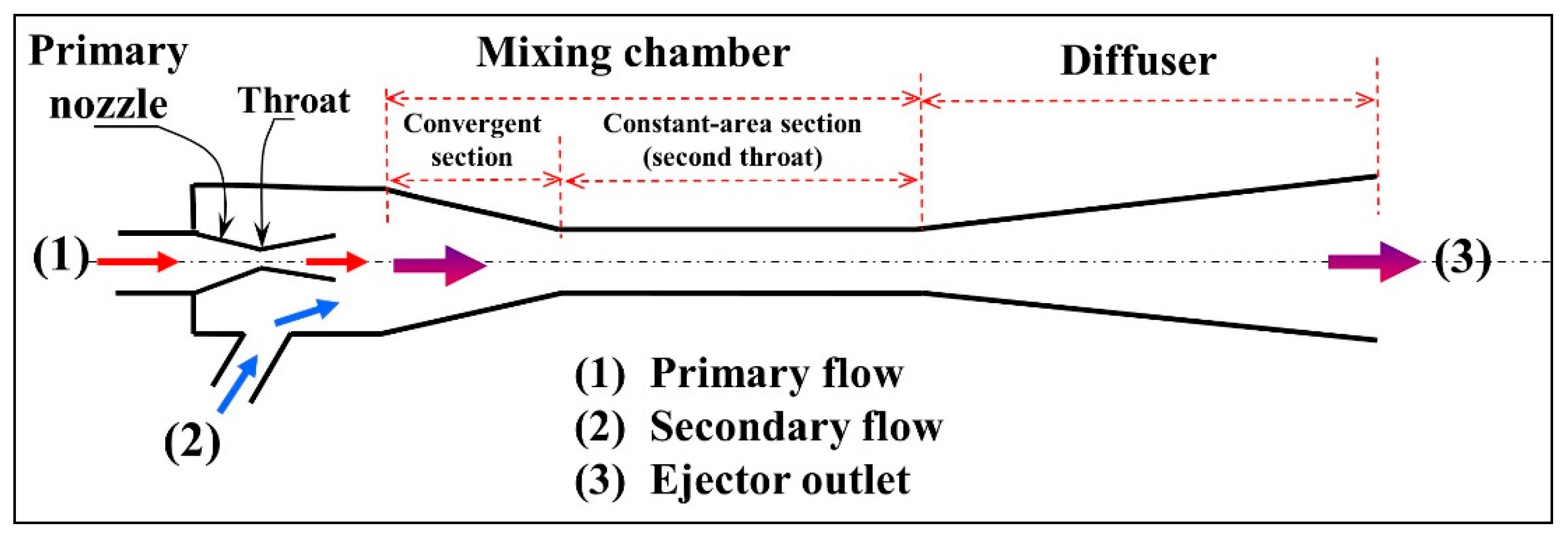

It Is important to include friction losses into the desired outlet head. Step 2 Find the outlet head** (Ho) equal to or greater than your actual outlet head. (* Suction lift = vertical distance, Ft, from the suction connection to the surface of the suction liquid source.

Using the NPSH number will correct for temperature variations and friction losses, resulting in a more accurate value. You can also or use the calculated result from the NPSH formula found on page 5 of this manual. If your lift is between two of the lifts on the table, use an average of the two. Step 1 Find the suction lift* or head (Hs) that is equal to or greater than your desired lift. (NOTE: All JRG/JT tables use the 1-1/2 inch unit as the standard, and eductors are sized using a Sizing Factor (S.E.) based on this standard unit.)
Water ejector design calculation pdf#
To determine the correct eductor for a specific application, follow the steps in this section, using the (tables open in a PDF format in a new window/tab) provided to achieve your desired results.

Information required in order to properly size the eductor: Motive Liquid Using Liquid Motives to Pump Liquid Suction Fluids
Water ejector design calculation how to#
How to Size Liquid Motive Eductors for Pumping Liquids


 0 kommentar(er)
0 kommentar(er)
